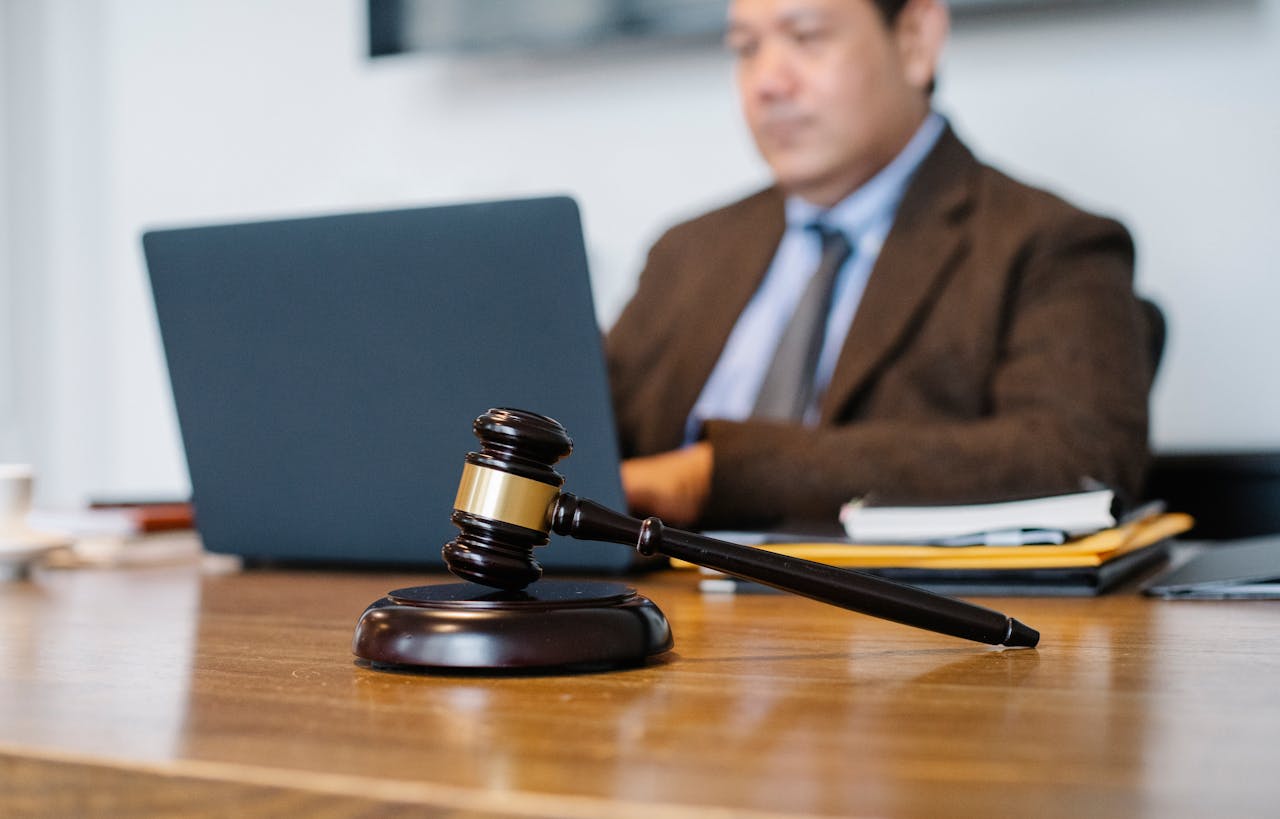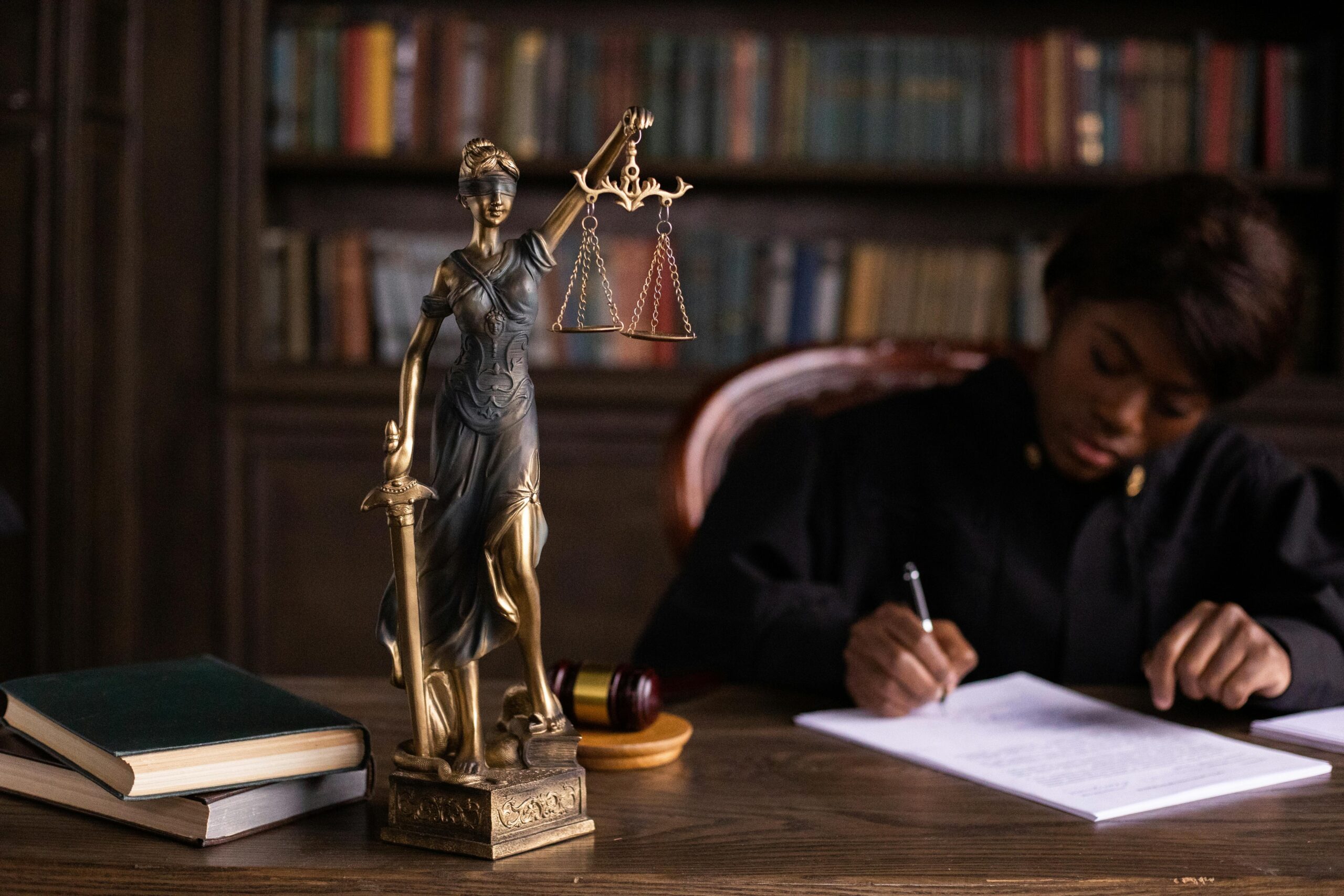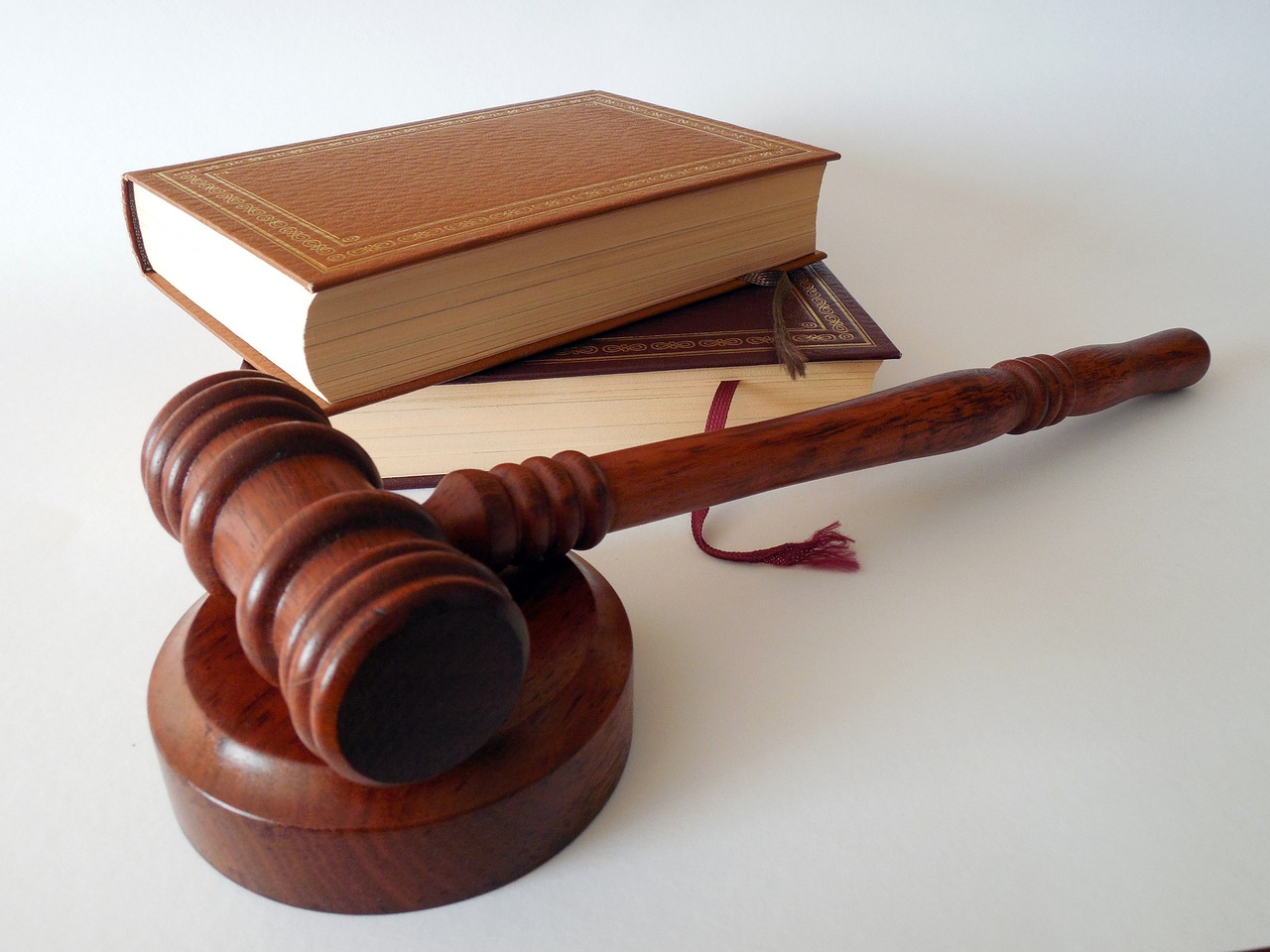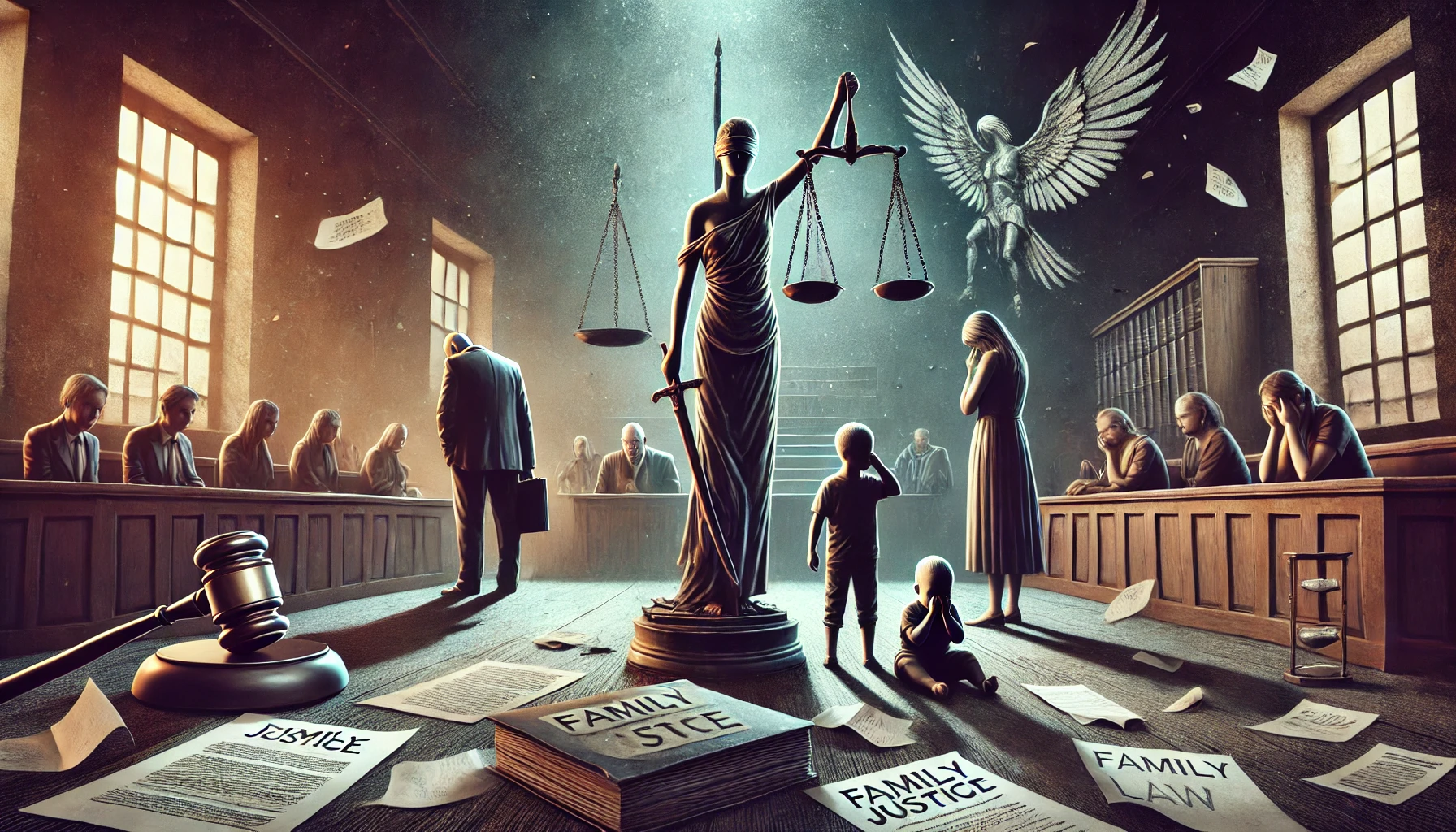Authored By: Ricca Marrieh M. Quinagoran
Middlesex University Dubai
ABSTRACT
When an individual, primarily on social media, displays unethical or controversial actions, they are often subject to ‘Cancel Culture’ which refers to the boycotting or public shaming of said individual.[1] This raises the concern of reputational harm. The following article will explore the laws in the UK surrounding defamation, significantly following the Defamation Act 2013, and whether it has become a matter of discussion for individuals who aim to uphold their reputation after society ‘cancels’ them.[2] Furthermore, this article will contrast between the protection of reputational rights and individuals’ freedom of expression. Moreover, this article contends that tensions prevail as parties endure the obstacles provided by defamation claims within a generation heavily impacted by public sentiment and social media, despite the continued efforts of courts to justly balance competing interests.
INTRODUCTION
The recent development of ‘cancel culture’ within public media results in new precedents of reputational harm as it challenges the separation of public and private reputations. Subsequently, the following article will assess the progression of courts in upholding the role as a primary arbiter of reputation and their task to define the boundaries between lawful criticism and defamatory harm. The primary question to be addressed is whether cancel culture is being counteracted by the utilisation of defamation claims, and whether the legal framework, significantly post DA 2013, is following the reasonable route to as a result of these developments. In essence, the courts’ approach to these escalating conflicts will be critically assessed.
BACKGROUND
The distinction between legal criticism and statements of a potentially defamatory nature has been obscured owing to the emergence of cancel culture. The role of social media has made it additionally challenging to contrast between reputational damage and constitutionally protected speech, which induces imperative legal concerns regarding the scope of defamation.
Key Concepts
- ‘Serious Harm’ Test in Defamation Claims
Section 1 of DA 2013 defines what makes a statement defamatory and what constitutes as ‘serious harm.’[3] Statements that are proven to induce a substantially negative impact are litigable.
- Freedom of Expression
Article 10 of the European Convention on Human Rights (ECHR) safeguards the right to freedom of expression, including the ability to openly convey opinions without government interference.[4] Cases of defamation often cite this principle, primarily in circumstances where the defendant contends the protection of their statement as reflected in the provided article.
- Reputational Protection
Article 8 of the ECHR safeguards the right to respect for their private and family life.[5] The courts are challenged in balancing this right with the freedom of expression, significantly within defamation trials.
Preliminary Framework of Defamation Law
Section 1 of DA 2013 highlights the threshold for ‘serious harm’ with regards to claims of defamation.[6] It is mandatory for the claimant to illustrate the potential serious harm that may impact their reputation as a result of the alleged defamatory statement. Additionally, various principal defences are provided by the act for defamation claims. Firstly, section 2 focuses on the defence of truth.[7] Furthermore, section 3 tackles honest opinion.[8] Lastly, section 4 provides for publication on matter of public interest, wherein defendants may be guaranteed protection for statements articulated within certain scenarios.[9]
Outline of Cancel Culture
Cancel culture is primarily prompted by widely circulated digital engagement and pertains to deplatforming measures, collective boycotts, public reproach, and further aspects of reputational harm. The individuals who are subject to cancel culture may encounter broad public condemnation and experience a deterioration of professional or social status, often exacerbated by the impact of virtual social environments.
REPUTATION DISPUTES IN THE AGE OF CANCEL CULTURE
Cancel culture was constructed in the mid-2010s.[10] The number of defamation cases increased within the following years of the solidification of cancel culture. This was evident in the release of figures in the UK around 2019, where there was a seventy percent increase.[11] Highlighting the Lachaux v Independent Print Ltd [2019] case, the significance of proving the outcome of serious harm was elaborated by the Supreme Court, further establishing an amplified threshold for claimants.[12] Within recent circumstances, Wright v McCormack [2022] illustrated how reputational disputes currently unfold within rapidly developing online environments.[13] Consequently, courts are pressured to analyse serious harm within environments where digitally widespread content rapidly segments audiences, complicating the assessment of reputational impact according to traditional benchmarks.
BALANCING FREEDOM OF SPEECH AND REPUTATION IN THE DIGITAL AGE
The necessity to balance the protection of reputation with the freedom of expression is heightened by the era of digital transformation. The significance of protecting collective dialogue is acknowledged by courts, not excluding legal criticism, fundamentally through the defence provided under section 4 of DA 2013. Nevertheless, tensions persist, and courts are acting carefully in inducing a detrimental impact on free speech, while remaining conscious of the potential for reputations to be unfairly damaged. The courts in Banks v Cadwalladr [2023] analysed the evolution of audience perception in the course of time, which further demonstrates the complicated aspects of online reputational harm.[14]
CRITIQUES AND COUNTERARGUMENTS
Critics contend that defamatory claims are being immensely utilised by corporations and individuals of power to stifle opposition, commonly through strategic lawsuits against public participation (SLAPP), which primarily intends to suppress public scrutiny.[15] These suits are perceived as a means of overwhelming individuals to reasoned discourse. Contrarily, right to seek defamation remedies is fundamental in order to safeguard typical individuals who are unjustly subject within widespread digital outrage, which could promptly result in severe reputational damage. As a result, continued discussions, encompassing proposals for Anti-SLAPP legislation, strive to address this concern. In addition, there are requests for more defined regulations regarding online reputational damage to ensure that laws of defamation retain its pace within the challenges of the digital environment.
DISCUSSION
In summary, courts are immensely relied upon to justly balance upholding the right to free speech and the protection of individual reputations. Considering the surge of defamation claims within the digital age, the courts have been prudent in proceeding, adding vigilance on the larger ramifications for societal dialogue and expressive freedom.
The evolution of social media and the accelerated flow of information have given rise to novel forms of reputational harm, demanding more refined judicial responses. The legal framework for defamation is developing in order to address these concerns. However, it remains anchored in the core objective of preserving dignity and personal reputation against unjust damage.
Regardless of the courts’ responsibility to address defamation claims, public scrutiny retains its power within the current digital era. Legal remedies may be granted by courts; however, the impact of digital platforms and the media frequently influences reputations in manners that are outside the scope of legal jurisdiction.
Recommendations
- Enhanced Understanding of ‘Serious Harm’ in Digital Contexts
What constitutes as ‘serious harm’ within digital spaces must be clarified through a well-defined guidance. Considering the rapid dissemination of online materials, the criteria for reputational harm should acknowledge the scope, speed, and potential enduring impact of digital statements.
- Procedural Amendments to Discourage Frivolous Lawsuits
To prevent the exploitation of defamation claims, significantly SLAPP suits, procedural reforms are essential. Simultaneously, said reforms must ensure that individuals who suffer from genuine damage owing to defamatory actions online are granted access to sufficient compensation.
CONCLUSION
In conclusion, the primary concern addressed in the provided article is whether courts may be deemed as the arbiters of reputation within the developing era of cancel culture. The judicial system is cautious upon aiming to modernise defamation law in response to the evolving dynamics of contemporary digital environments while it is progressively engaged in reputation disputes. With social media accelerating the dissemination and scope of reputational harm, courts are increasingly responsible for navigating between conflicting principles, that of which are upholding freedom of expression and safeguarding individuals from unjust reputational injury. Moreover, there is a necessity for more sophisticated and nuanced legal frameworks, as cancel culture continuously challenges established boundaries between public and private spheres of reputation.
BIBLIOGRAPHY
PRIMARY SOURCES
Cases:
Banks v Cadwalladr [2023] EWCA Civ 2019
Lachaux v Independent Print Ltd [2019] UKSC 27
Wright v McCormack [2022] EWHC 3343 (KB)
Legislation:
Defamation Act 2013
European Convention on Human Rights
SECONDARY SOURCES
Journal Articles:
Hanna M, ‘SLAPPS: What are they? And how should defamation law be reformed to address them?’ (2024) 16(1) J Media L 118
Websites:
Campbell J, ‘Cancel culture’ (EBSCO, 2024) <https://www.ebsco.com/research-starters/history/cancel-culture#:~:text=%22Canceling%22%20solidified%20as%20a%20concept,and%20to%20share%20jokes%20and> accessed 28 April 2025
Lo-Booth M, ‘What is Cancel Culture and What Does It Mean in 2024?’ (Vice, 2013) <https://www.vice.com/en/article/cancel-culture-meaning/> accessed 28 April 2025
Stewarts, ‘Surge in Defamation Claims: What is Causing the Increase?’ (Lexology, 25 June 2019) <https://www.lexology.com/library/detail.aspx?g=e2968274-a94b-49a6-be9e-0620684245bf> accessed 28 April 2025
[1] Madeline Lo-Booth, ‘What is Cancel Culture and What Does It Mean in 2024?’ (Vice, 13 March 2024) <https://www.vice.com/en/article/cancel-culture-meaning/> accessed 28 April 2025.
[2] Defamation Act 2013.
[3] DA 2013, s 1.
[4] European Convention on Human Rights, art 10.
[5] ECHR, art 8.
[6] DA 2013, s 1.
[7] DA 2013, s 2.
[8] DA 2013, s 3.
[9] DA 2013, s 4.
[10] Josephin Campbell, ‘Cancel culture’ (EBSCO, 2024) <https://www.ebsco.com/research-starters/history/cancel-culture#:~:text=%22Canceling%22%20solidified%20as%20a%20concept,and%20to%20share%20jokes%20and> accessed 28 April 2025.
[11] Stewarts, ‘Surge in Defamation Claims: What is Causing the Increase?’ (Lexology, 25 June 2019) < https://www.lexology.com/library/detail.aspx?g=e2968274-a94b-49a6-be9e-0620684245bf> accessed 28 April 2025.
[12] Lachaux v Independent Print Ltd [2019] UKSC 27.
[13] Wright v McCormack [2022] EWHC 3343 (KB).
[14] Banks v Cadwalladr [2023] EWCA Civ 2019.
[15] Mark Hanna, ‘SLAPPs: What are they? And how should defamation law be reformed to address them?’ (2024) 16(1) J Media L 118.





